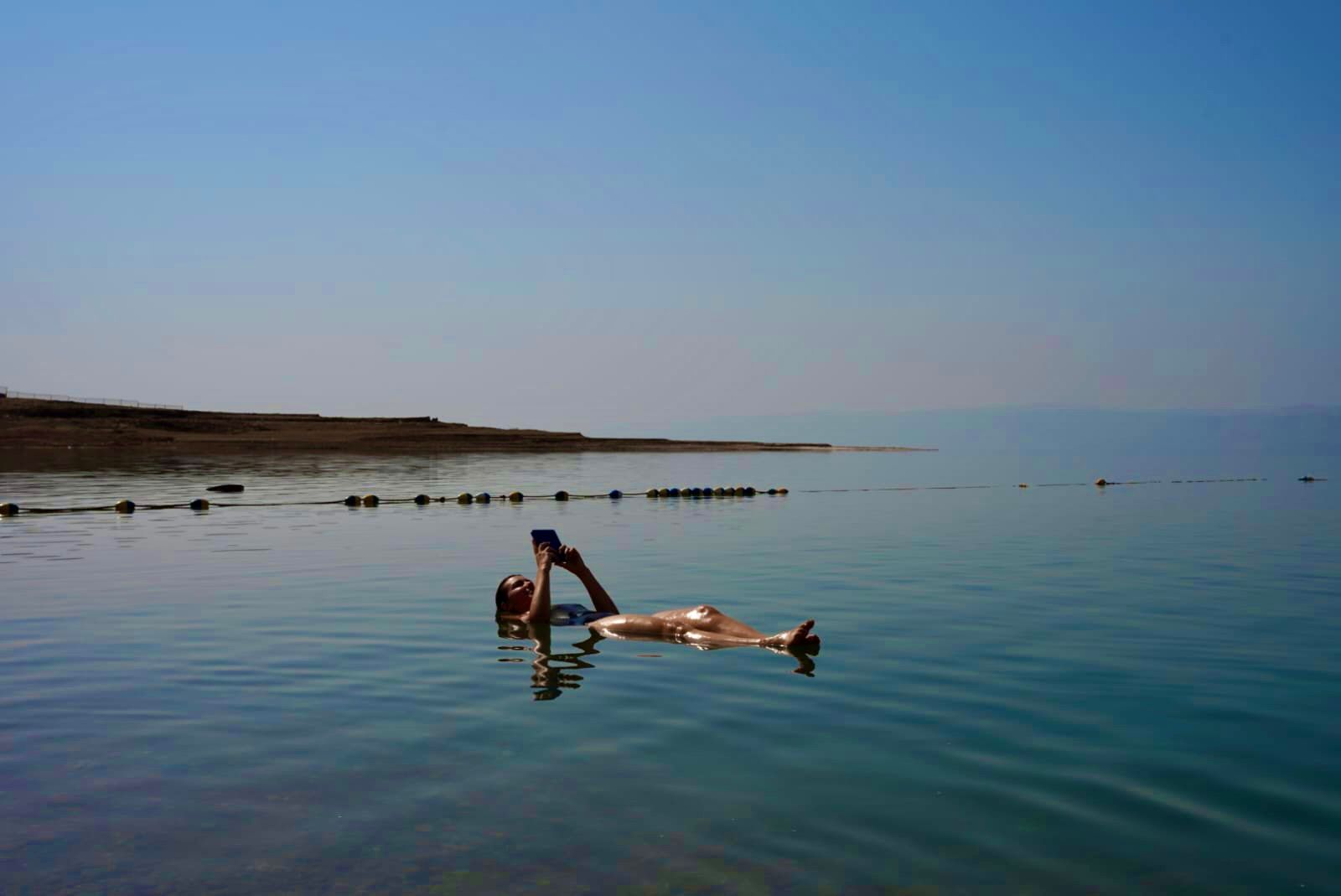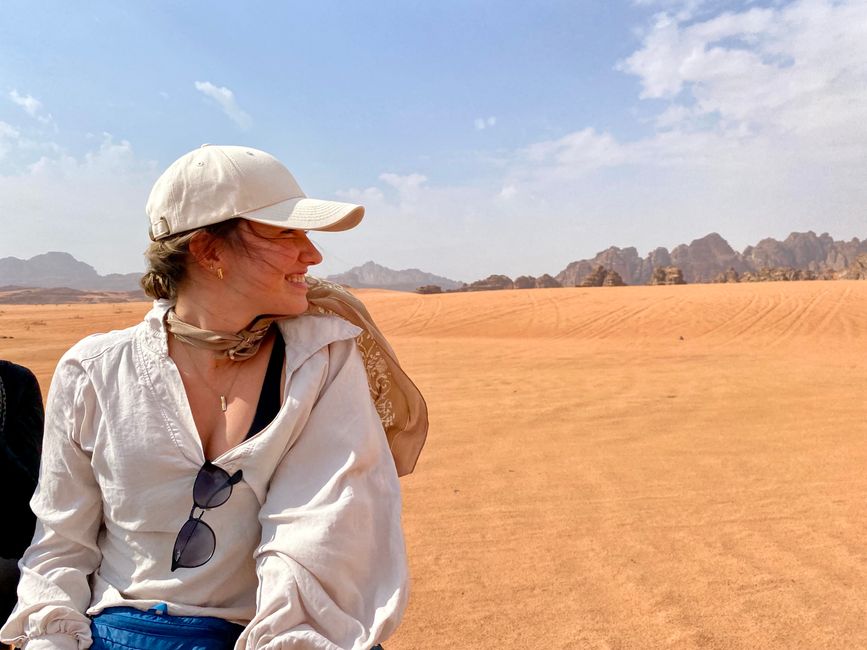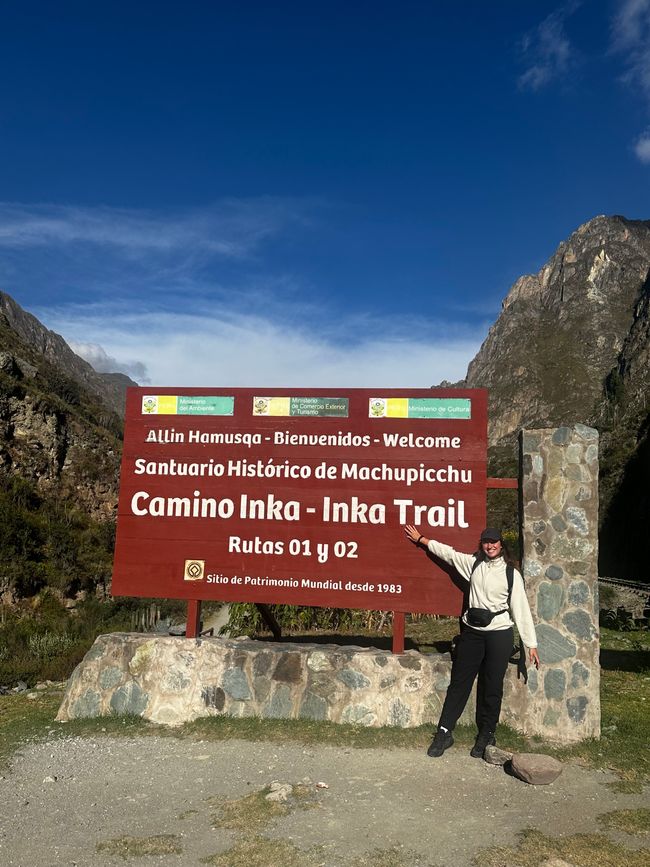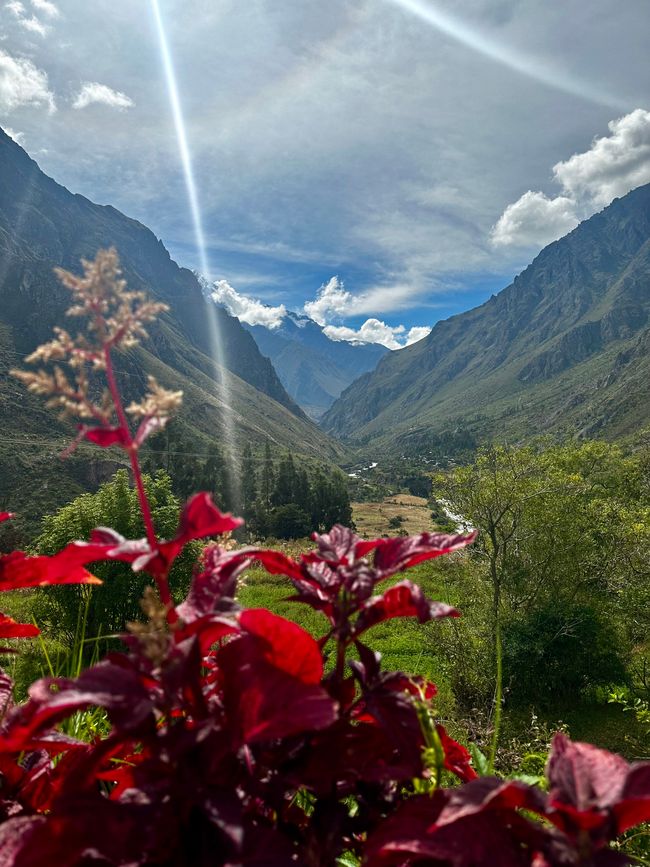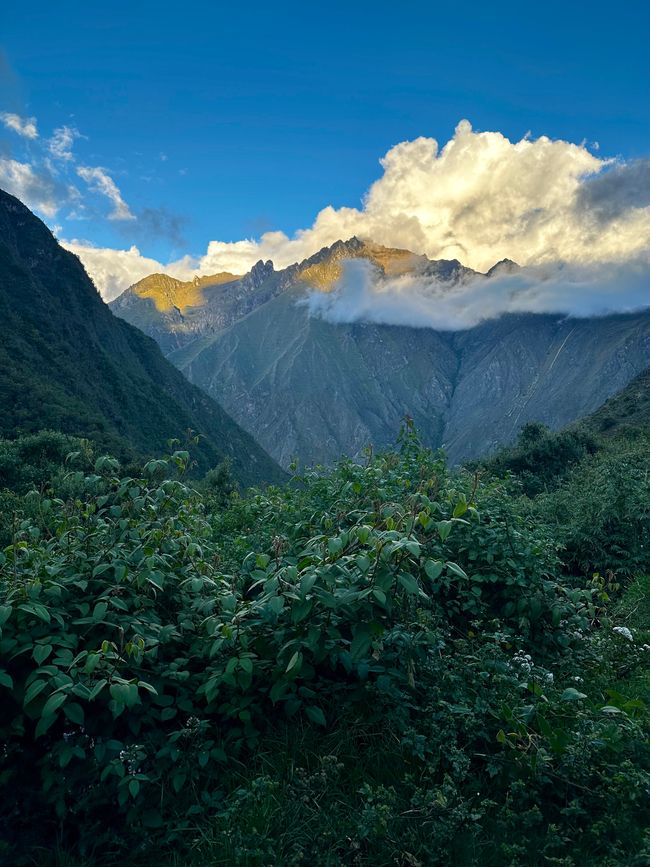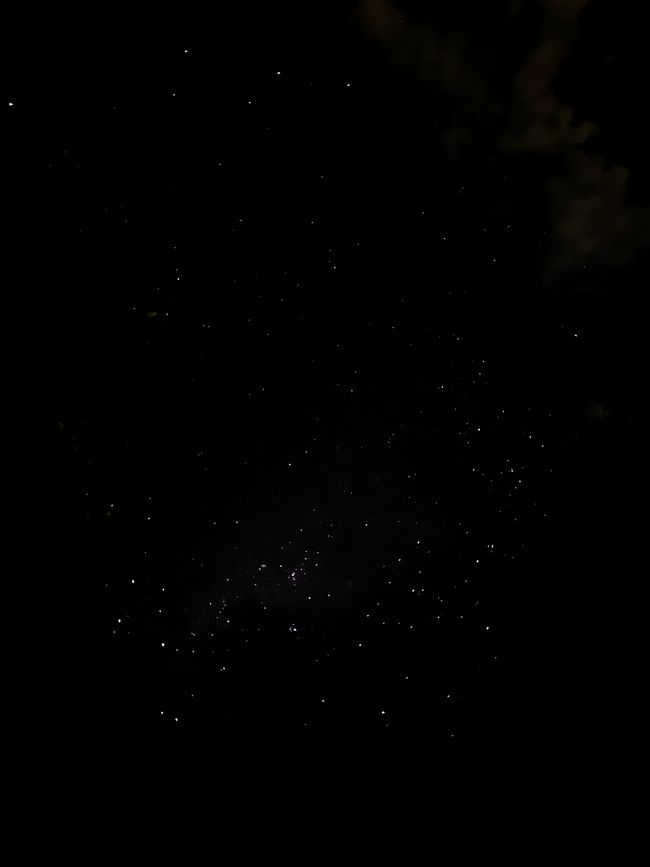Inca Trail
Közzétett: 17.05.2024
Feliratkozás a hírlevélre
Finally, the Inca Trail begins! As many of you probably know, I booked this event back in October 2022. I know, it was a bit excessive, but you don't need to tell me that. Since then, I have been looking forward to today. Even though it starts with me standing ready with my backpack and duffel bag at 4 o'clock, waiting to be picked up.
So we take the tourist bus at night through Cusco and pick up everyone: our group (surprisingly, we are only seven), some porters who carry the food, tents, etc., and then drive about 1.5 hours out of the city to Ollantaytambo, where we have breakfast together.
"Tambo" stands for rest and rest, and in Inca times it was a place where the paths from the jungle, Cusco, and the Andes met. It was a place for trade and prayer, with a temple on the mountain. Ollantaytambo was one of the four most important Tambos for the Incas, as the journey from there to Cusco took a whole day.
After breakfast, we drive a little further until we reach kilometer 82 of the train - the start of the Inca Trail. In fact, this is the 82nd kilometer of the Peru Rail train, which runs daily between Cusco and Aguas Calientes. Everything went according to plan this morning. Unfortunately, a porter forgot our trekking poles in Cusco, but we will get them at lunchtime. Until then, the path is mostly flat. Since everything went according to plan this morning, we are even the first ones allowed to enter the "Sacred Valley"!
Fun fact: For the Incas, it was never a "sacred valley." Like almost every culture, water means life for the Incas. The Urubamba River that runs through the valley was sacred to the Incas. And from the name "the valley of the sacred river" it became the "sacred valley" - and that's what we still call it today. The name of the river is the same in Quechua as for the Milky Way: Willkamayu.
After passing through immigration, the path leads through a small museum about the flora and fauna of the Andes, the tools of the Incas, and we see a 3D relief of the route that will take us through the Andes for the next four days.
Now we are finally starting! The panorama in the sacred valley is unique, I am amazed. Surrounded by huge green mountains, nature as far as the eye can see, and we often stop briefly to learn about the plants of the Andes and to learn more about the lives of the people here - both in the past and today.
Before noon, we arrive at a beautiful archaeological site and former city of the Incas: Llactapata. Since we have already climbed a few meters in altitude, we look down on Llactapata, see the outlines of the former houses, and find ourselves in another "smaller" site. Here we wander around and then find ourselves in a semicircular former building: a rainbow temple. This is revealed by the shape and the fact that there were seven windows here - for the Incas, the number 7 represents the 7 colors of the rainbow. Our tour guide Abelardo takes us on a journey here: When something started during Inca times (like this trek, for example), prayers were said to the gods for permission and safety. Here, another special number is required: 3. In the Inca trilogy, this represents the condor, the puma, and the snake. For the ritual, we take three perfect coca leaves each, Abelardo recites the prayer, and finally, we exhale onto the coca leaves, giving a part of ourselves to them. By placing these now energetically charged leaves under the large stone in the rainbow temple, we leave a part of our soul there with Pachamama, Mother Earth, who will now protect us on our journey.
We walk for another hour until lunchtime, and I am overwhelmed by what is prepared for us here and the efforts everyone puts in. With 20kg of luggage on our backs, the porters and cooks are the true heroes of the Inca Trail and welcome us to our first checkpoint with joy and kindness. After the good meal, we take a short nap in the sun before we get our trekking poles and now face the first real climb.
On the way, we pass through other small communities and archaeological sites: PataLlaqta, Hatunchaca, Wayllabamba, and finally our camp for tonight: Ayapata. For the last stretch before the camp, we split up so that everyone can go at their own pace. The last climb is the toughest for today, but only a warm-up for tomorrow: a 300-meter ascent. The record for this stretch is 28 minutes. Abelardo shouldn't have told me that - he doesn't know that I have a fondness for challenges. With my 33 minutes in the end, I still arrive at the camp very satisfied and have been able to enjoy the ascent and the view.
When we arrive in Ayapata, a lot has already been prepared. Our tents, bags, and a bowl of hot water for each of us are ready. After stretching and changing clothes, we have a few minutes until we gather in the tent for tea before dinner. There, we talk about the past and upcoming day, and then have dinner together.
As we step out of the tent after dinner, I am once again overwhelmed by the sight in the sky. Clear stars, some familiar constellations, and the Milky Way - bright and distinct.
And so the day ends: 14km, 24k steps, 500 meters ascent. I sleep at an altitude of 3,300m in the Andes of Peru, and I can't believe that it will continue like this tomorrow.
Feliratkozás a hírlevélre
Válasz

Peru utazási jelentések
